Joe Swartz, Vice President of Contain vendor American Hydroponics (AmHydro), is a fourth-generation farmer from Western Massachusetts. When it came time for him to take over, he went looking for a way to do things differently. His family had faced numerous challenges with conventional outdoor agriculture, from the state’s short, 120-day growing season, to an uncle who died prematurely due to pesticide exposure.
by Nicola Kerslake
Joe decided the solution was indoor agriculture, and since 1984, he’s grown just about everything you can imagine with every possible setup. We caught up with Joe to talk about why it’s important to educate the public about indoor ag, and how media hype can distract from the fundamentals of good farming.
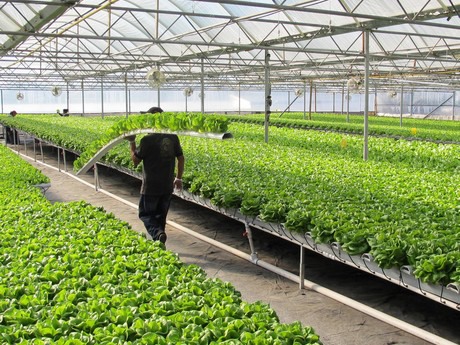
All photos courtesy of American Hydroponics and Joe Swartz
What’s AmHydro’s approach, and what makes it unique?
Ironically, AmHydro started about the same time I started to grow, unbeknownst to each other. We have always focused on the philosophy of making growers successful by employing the correct technologies in the appropriate situation, not trying to sell this system or that system, but looking at a given situation and assembling the correct technologies to effectively grow.
In fact, I think AmHydro has more successful growers around the world than any other hydroponics company. We have growers in 66 countries around the world, soon to be 67, and we’re really very, very pleased with that.
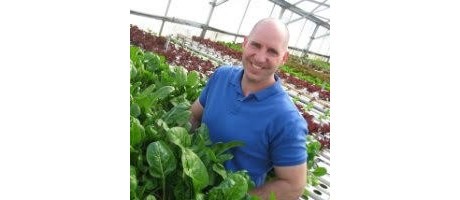
What are some of the most common challenges about getting started in indoor agriculture?
There are lots of different technology companies trying to get your attention. The biggest challenge I see right now is a lot of inappropriate technology that’s being promoted, especially in the media and online, because people think certain things look really interesting or cool. We call it "shiny object" technology. These are not effective technologies.
A lot of vertical farming technology, where you’re essentially trying to cram as many plants into a given area as you can, from a horticultural standpoint, that isn’t correct. Plants have very specific needs in terms of environmental management and space management, and a lot of these systems ignore the basic horticultural concepts that are required for successful production.
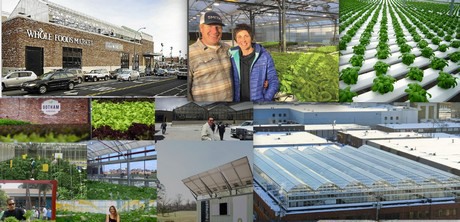
You’re saying you think all vertical farms and plant factories don’t work?
Not all plant factories, but unfortunately that model is by far—and I mean by a factor of thousands—by far the most challenging segment of controlled environment agriculture in terms of making an economic return.
If you look at the industry, look at where the expansion is in hydroponics. Companies like Gotham Greens and BrightFarms are expanding rapidly because they have a cost-effective production model. Tomato operations such as Houweling’s and NatureFresh and Sunset are all expanding rapidly. Again, they’re utilizing effective technology.
What’s been the main benefit of working with Contain?
We were actually one of the first companies that Contain worked with. They believed in our model, and we believed in the model they had, which was helping provide financing solutions so that more people could enter this industry. We thought it was a great model — people who understood controlled environment agriculture and were offering financing models. Good people and proper technology is a good combination.
We’ve had a few projects where there would have been difficulty in locating financing, and they went through Contain and were able to do it, so it was an effective model. We hope to do more of that in the future.
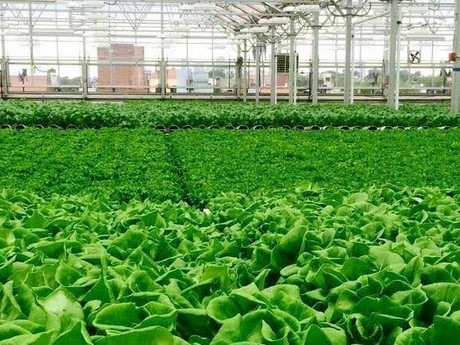
What advice do you wish you got when you started growing?
I think I would’ve pushed myself to focus on the basics of correct horticulture. That means to learn as much about the lifecycle of the plant, the lifecycle of insect and disease pests, to understand the different living ecosystems that go on in a facility like that. At the end of the day this is still farming. With a lot of the technological advances, people forget that.
Why are some banks and investors reluctant to get into indoor ag, and how can we change that as an industry?
It’s a very capital-intensive business. It is expensive to set up and to get started. That’s always been one of the big pain points of getting into the industry.
And I do think that investment and interest in technologies that are not productive damages the industry. In the 1980s, Weyerhaeuser and Pepperidge Farms and General Electric and all these huge corporations began building large greenhouses here on the East Coast, and utilizing the pond system, and talking about lettuce factories, and these are all automated systems, and by 1990 all of our food is going to be grown in these indoor food factories. They all failed spectacularly, and millions and millions of dollars in investment were lost, and it damaged the credibility of the industry. It’s taken a long time for the industry to recover. Unfortunately, we’re heading down the same path today.
AmHydro does a lot of public education. Why is that important?
We feel very strongly that education is the key to everything. Basically you are looking at a very intensive form of growth that requires knowledge in terms of growing and business management to be successful. The more we educate our growers, the more successful they are.
What’s the most exciting trend in indoor agriculture?
The most exciting trend is the level of public awareness about the business, both from a consumer buying hydroponically grown produce, to people who want to get involved in the industry. This is the highest level ever.
When I was in agricultural college in the ‘80s, I was in a classroom of young people with 30, 35 students. I come back now to the University of Massachusetts and I lecture to 300 students, so the level of involvement has skyrocketed, and that’s tremendous, and I couldn’t be more excited.
For more information: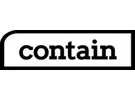 Contain
Contain
www.contain.ag
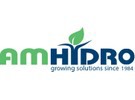 AmHydro
AmHydro
1 (800) 458-6543
info@amhydro.com
amhydro.com
